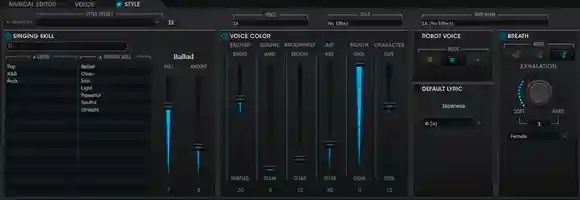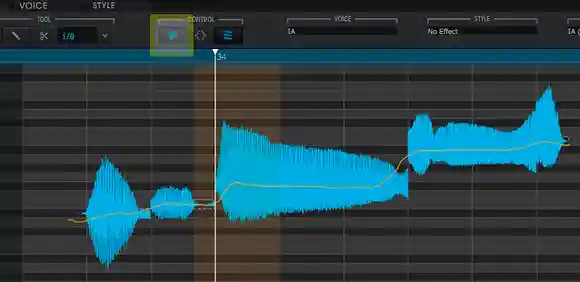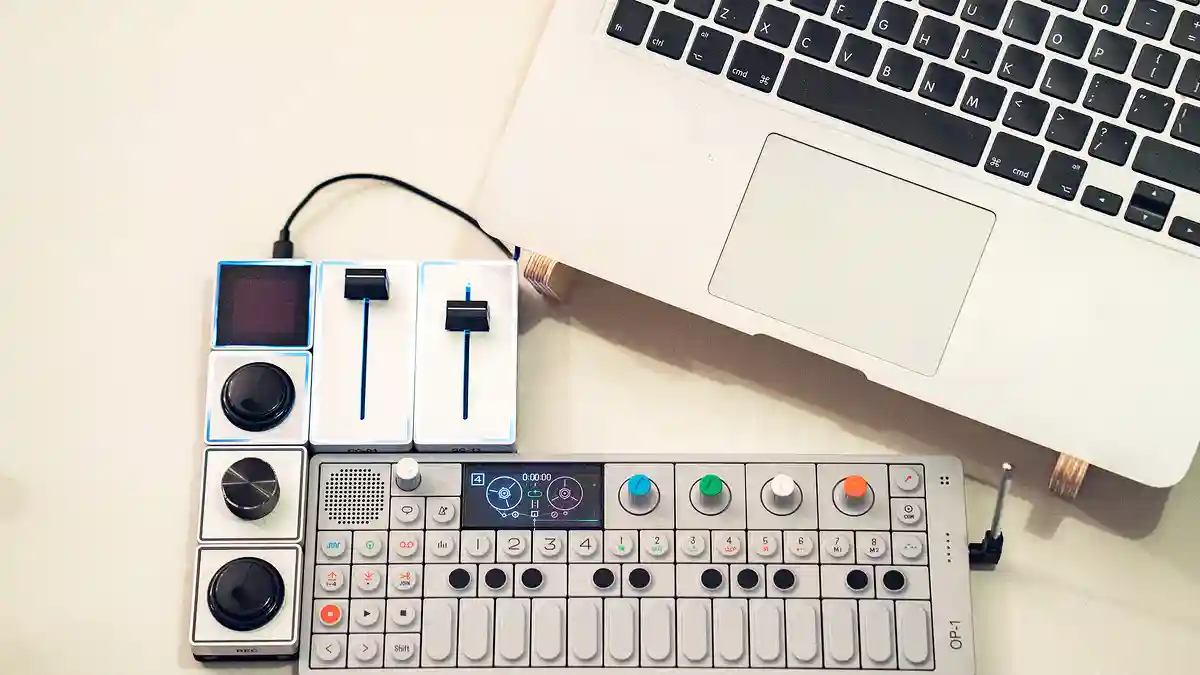It’s been a little while since VOCALOID5 was released, but it seems original VOCALOID5 songs haven’t really increased.
In that sense, I think the category of “VOCALOID5 originals” could be an interesting genre to explore.
Last time, I tried creating English singing data using Amy, the standard V5 library, but this time I tackled making an original song with VOCALOID IA.
- Let's try using VOCALOID5
- I tried using VOCALOID5 to take on the challenge of singing a male vocal song.
- Let's try using VOCALOID4: Voice Tuning Edition
- Try creating an English song with VOCALOID5
- I want to make a Vocaloid sing in English! I tried writing English lyrics.
- I tried covering Kenshi Yonezu’s “Donut Hole” using VOCALOID 5.
- A classic sung by IA. Recommended popular Vocaloid songs
- [For DTM Beginners] How to Create Original Songs Using Vocaloid
- From creating the instrumental for a Vocaloid song to completion: Christmas song edition
- [Vocaloid Beginner’s Guide] How to Add Dynamics and the Final Process
- Challenge a Christmas song with VOCALOID! Creating the melody and chords
- Let's try using VOCALOID4
- I tried using the enka singer Vocaloid/CeVIO character Haruoloid Minami.
Basic settings
This time, I’ll have IA sing a remake of an original song I created in the past.
Until VOCALOID4, you had to make fairly bold adjustments to add expressive dynamics, and it took expertise to make it sound polished.
This time, I’m going to try making a song that weaves in elements VOCALOID has traditionally struggled with, like dynamic intonation and whisper vocals.
The basic setup is as follows.

We set the Character slightly higher and raised the Air a bit to balance airy lightness with a strong presence.
You’ll end up tweaking these parameters quite a bit even in the middle of the singing.
IA is one of the highest-performing VOCALOID libraries, so I tried fine-tuning in detail to see how far we could go using VOCALOID5’s features together with IA’s capabilities.
Three parameters to add an accent
Its expressiveness has greatly improved compared to older versions of VOCALOID,Intonation control has also become easier to adjust.。
In the old version, even when adding inflection by adjusting velocity and dynamics, it was still difficult to express a sense of strong and weak (contrast in intensity).
With the new parameters in VOCALOID5, it is now possible to add clearly defined dynamics.
One way is to use an exciter—by increasing this parameter, the voice gains more presence.
If you combine it with crisp articulation at high velocity, it can serve as a head accent, and by moving it up and down within the phrase, you can emphasize the rhythm even more through dynamics.
The second is Emotion; separate from Dynamics, it lets you directly adjust intonation and duration relative to the timing of the utterance.
By emphasizing the parts where you want to add accent using the emotion tool, the volume and sense of speed will change and be emphasized.

Turning on the highlighted part of the image enables the Emotion Tool on the piano roll.
The third one is Dynamics, which simply lets you turn the overall volume up or down.
It behaves similarly to Expression in other sound sources, but in the case of VOCALOID, it’s better suited for adjustments like lowering Dynamics in softer sections, or using Dynamics to cut off the sound when you want to shorten the note length.
I tried adjusting it by combining these three to control the intonation and rhythm.
Vibrato is a vocal skill
Up through VOCALOID4, there were two ways to control vibrato: using Vibrato Depth and Rate, or cutting all vibrato and manually writing the Pitch Bend parameters.
However, in VOCALOID5It can capture, to some extent, the characteristic ways of singing for different styles based on vocal skill.。
For example, choosing “Soulful” adds slight scoops and stronger vibrato, while choosing “Idol” results in a slightly unstable pitch and a hiccup-like bounce at the end.
You can set each Skill and Amount,In Skill, the applicable areas and scope change.and,The Amount changes the intensity of the vibrato (how wide the modulation is).I will do it.
This time, since it’s a slow song, I chose Ballad.
There are parts where the vibrato gets in the way if the amount is raised too much, so the amount is set a bit lower.
Depending on the singing skill, there may be tricky parts where the pitch jumps during pronunciation, but this can be resolved by lowering the emotion.
Air and Breathiness that achieve a whisper voice
In older versions, whisper voice was handled with a separate library, but in VOCALOID5 you can achieve a whisper voice by adjusting the parameters.。
By adjusting the Air and Breathiness parameters, I was able to easily create a breathy voice.
In this song, I’m using it in the phrase right before the break.
It doesn’t seem to require any particular technique or special trick, so I’d really like you to give it a try.
Here are the results of the singing.
As a result of incorporating the adjustments up to this point, the singing turned out like this.
I feel like I’ve made a lot of progress since the last “Sayonara Bystander.”
youtube.
com/watch?v=opKlckxHKAs
VOCALOID5 now delivers significantly better results than VOCALOID4.
And since it’s become easier than before, those of us who use it couldn’t be happier.
That said, it’s hard to deny the unintuitive interface and the lack of manuals and reference books, so it’s difficult to say the barrier has really been lowered for beginners yet.
In that respect, I think there’s a lot that can be learned from CeVIO, which is a rival, and I hope future updates and the arrival of even better libraries will address these issues.






